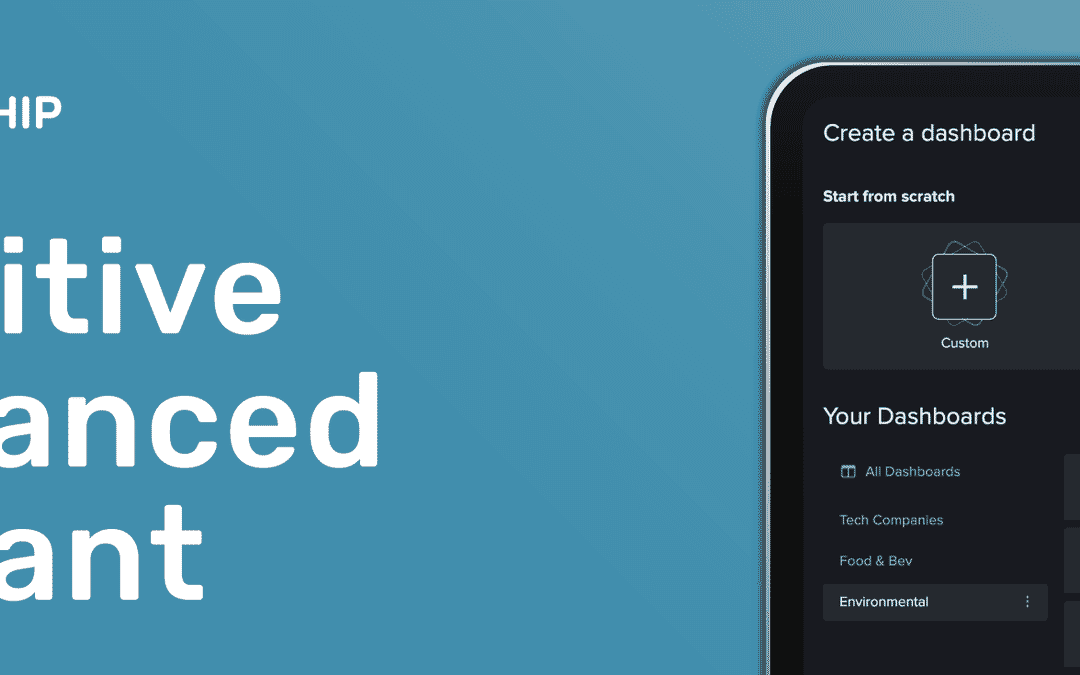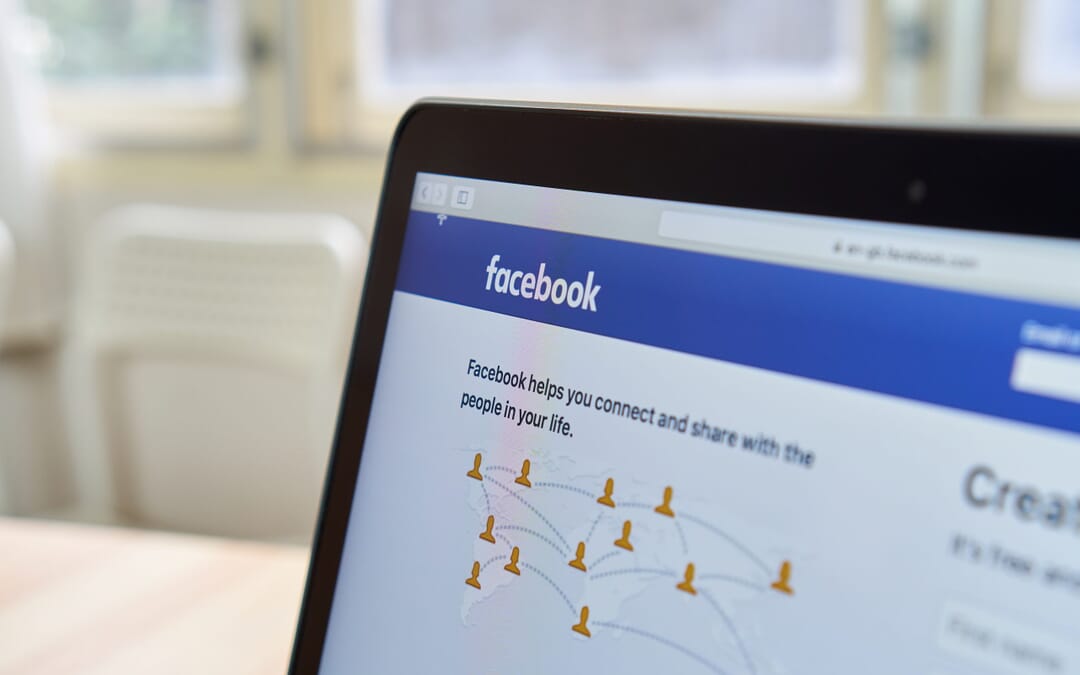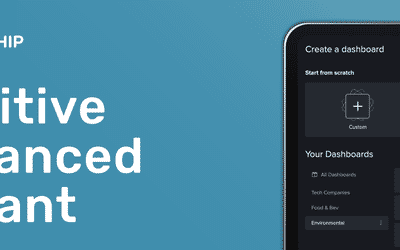There’s no telling when a potential PR crisis will hit, and the worst possible time to try and plan for it is while you’re scrambling to deal with it. We’re outlining what to do before, during, and after a crisis according to our clients, industry professionals, and panels we’ve hosted this year.
Before a crisis
First, you have to decide what constitutes a crisis. To do this, you’ll need to establish a benchmark. If you don’t already have an idea of how your brand is normally talked about, how many articles are circulating about you in a given day, you’re already behind.
When it comes to crisis monitoring, it’s just as important to clearly articulate what is not a crisis for you. Determining a baseline engagement number for your brand in order to quell your team’s fears when an article starts to gain traction is paramount. Set up alerts to monitor stories about your industry and brand, in order to accurately track engagements to the coverage.
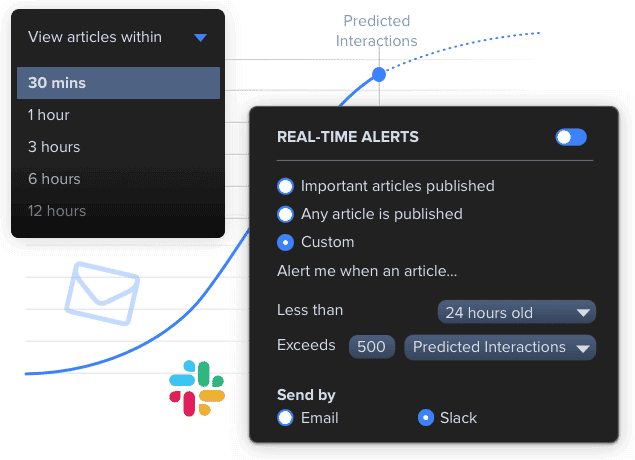
Next, try to understand how people perceive your company values. While it’s become increasingly challenging for brands to know when to take a stand or push back on an unexpected crisis, Gregory Young, SVP of Integrated Communications Planning at Weber Shandwick spoke to this at a panel we held in May. He encouraged brands to espouse their values clearly, so when “something happens, it at least causes consumers to pause for a second and say, ‘would I really expect this brand to do this?’ as opposed to just believe it’s something this brand would do.”
It’s important to evaluate your company and identify weak spots or gaps where potential crises could arise. Assume the worst and invest time in building social capital. What can your brand take a stand for? What values does your company have that resonate in the space? Not only should company values and ideals be public and easy to find, but the onus is on brands to continually back up what they’re pushing to the public, otherwise they’ll be significantly more susceptible when crises inevitably hit.
So when something happens, it at least causes consumers to pause for a second and say, ‘would I really expect this brand to do this?’ as opposed to just believe it’s something this brand would do.
Gregory Young,
SVP of Intergrated Communications Planning,
Weber Shandwick
Finally, a practice run never hurt anyone. What are the teams in place that will need to be alert and ready to go when a crisis hits? Is there a clear plan of action for crisis management? If there are gaps in your plan, they’ll come to light during a practice scenario and there will be time to correct it before disaster actually strikes. At the PR News Crisis Summit we attended in March, many speakers reiterated that knowing which teams to activate during a crisis before it happens is crucial. If you can, have responses pre-written and pre-approved by legal teams to eliminate the back and forth that comes with searching for the right wording of a statement. You want to be doing as much of this work in advance as you can.
Crisis monitoring during an incident
So the worst has happened despite your excellent preparation. What steps can be taken to minimize stress and get control of the story? First, isolate the top stories and figure out which publishers are driving the conversation about your brand. NewsWhip’s crisis monitoring tool, Spike, can determine whether individual story engagement is predicted to surpass your brand’s already established benchmark, making it clear what needs to be addressed, and how quickly.

Explore the context of the articles by asking yourself: is it a big deal in my world, but not in the “real world?” Eg: If you’re in the healthcare space and a negative article comes out about your clients, but the rest of the world is seeing articles about the latest Brexit news, is it absolutely necessary to issue a statement? Be responsible. Employ the idea of strategic silence, consider that if you amplify something in an effort to dispute it, you might actually be adding oxygen.
Next consider underlying factors: the information people consume is only one aspect of what influences the decisions they make. Ask, “why are these narratives working in the first place?” rather than just analyzing the narrative and thinking about how to combat it. What about your brand is being said that warrants commentary on social?
Once the proper teams have been activated, weigh carefully what needs to be said and on which platform. If in fact, the stories are garnering high levels of engagement and prompting conversations across platforms, consider how your message will be delivered and who the stakeholders should be. Take a page out of Sephora’s book. Their commitment to diversity and inclusion prior to a huge crisis featuring singer SZA earlier this year, made for a much shorter period of crisis.
Analyzing and learning from a crisis
It’s easy to get caught up in a crisis when it occurs, but what you do before and after the crisis matters quite a bit. Learning from a crisis is the best way to prepare for the next. Don’t be a brand that settles comfortably into the silence after a crisis only to be surprised at the next turn of public conversation.
When approaching crisis management analysis, it’s helpful to consider these questions:
How long did it last?
- For example, using NewsWhip Analytics, we can see Gucci’s racism crisis this past February peaked at 1.5 million engagements. The most engaged stories were circulated between Feb. 4th and 10th, and by Feb. 18th, engagements had fallen to 93k. The worst part of the crisis was over after six days and engagement fell sharply afterward.
- Understand that while it feels like an eternity, the crisis will fall out of the news cycle and it’s important to understand at what point releasing a statement will add fuel to the fire or prompt positive coverage.
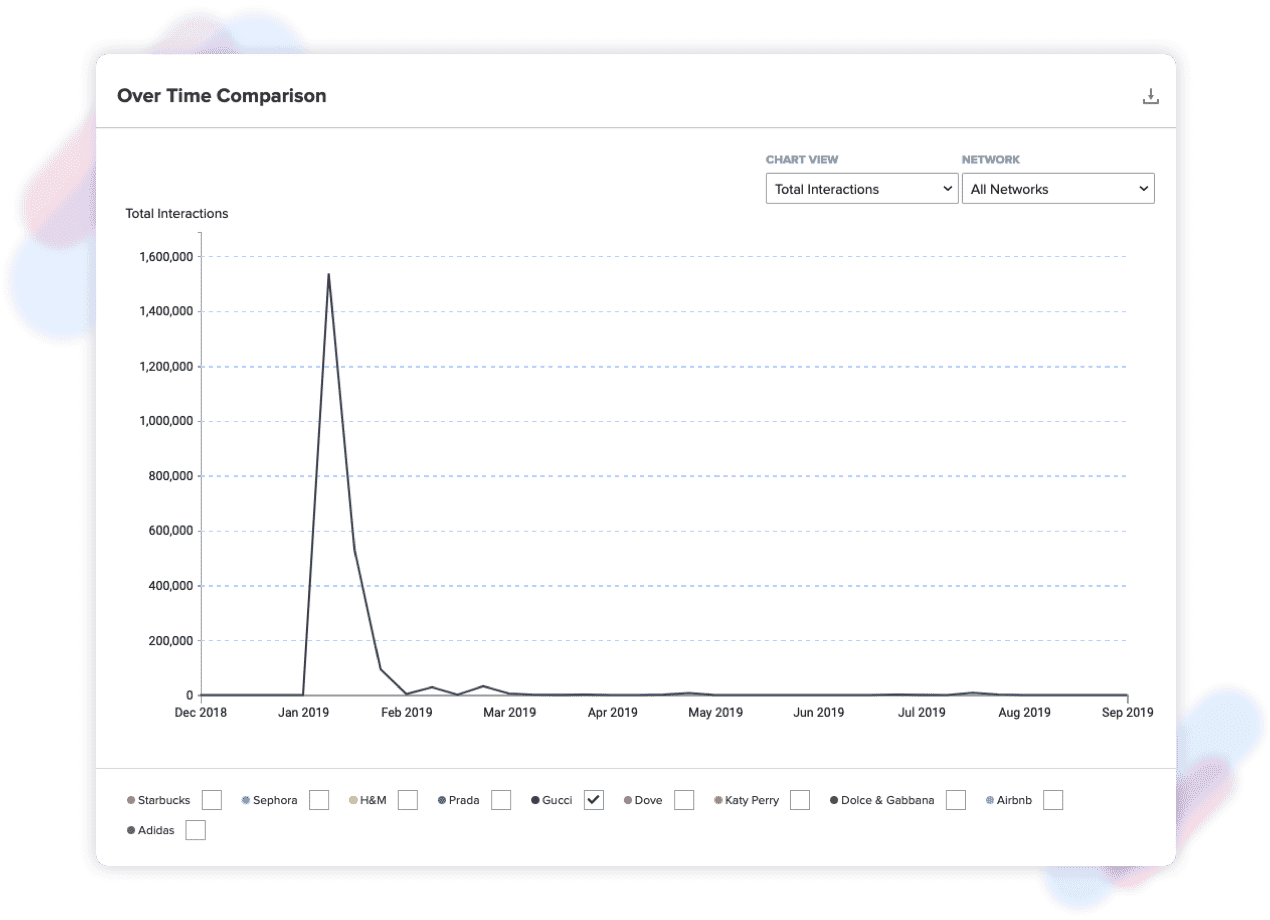
Who should you have reached out to?
- Did you activate and engage the right teams during the crisis? What could have gone better?
- Look back at how your social and crisis comms teams handled disseminating information during the crisis and determine what should have been handled differently in the aftermath.
Which publications and authors wrote extensively about the crisis? Is it a position you might be in again?
- After determining who the key drivers of conversation are, consider reaching out to the publications and journalists directly to send statements immediately after other stories break the next time.
Preparing to handle a crisis takes time and careful planning. It’s important to have the right crisis monitoring tools at the ready and teams in place to handle whatever conversations your brand will inevitably be dragged into. Most importantly, keep in mind that at the end of the day, if you don’t have the right methods in place to control your story, someone else will control it for you.






